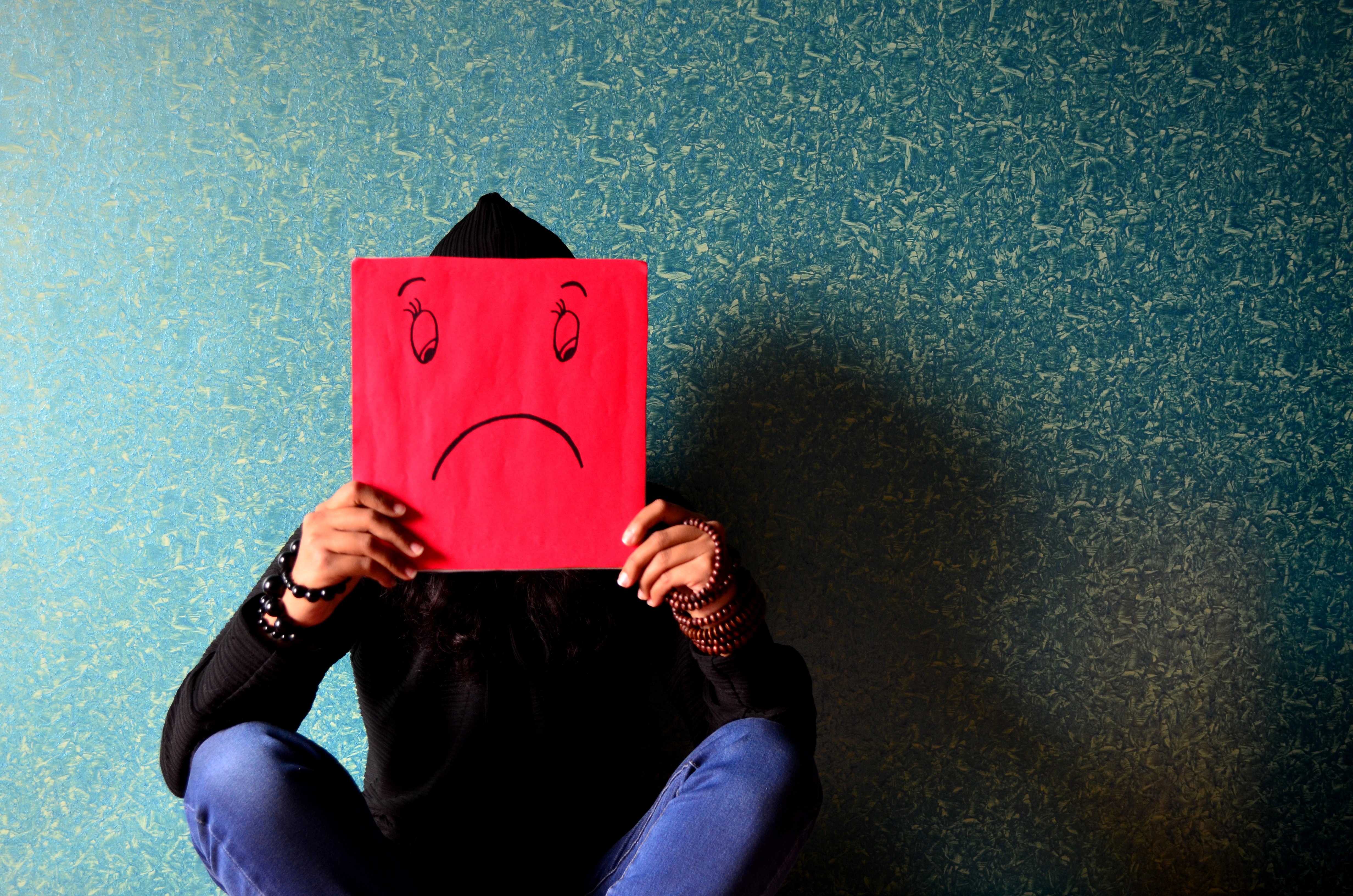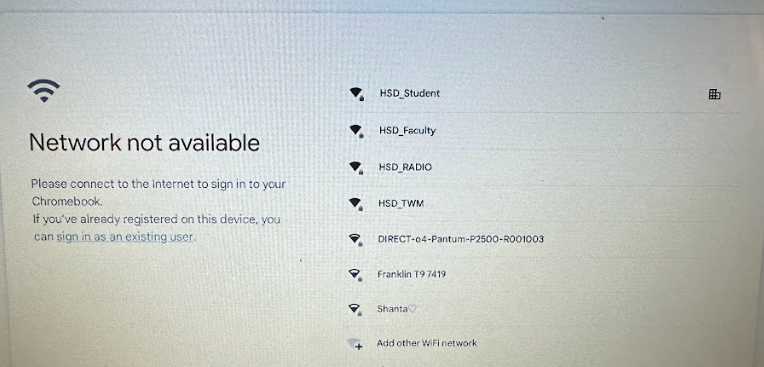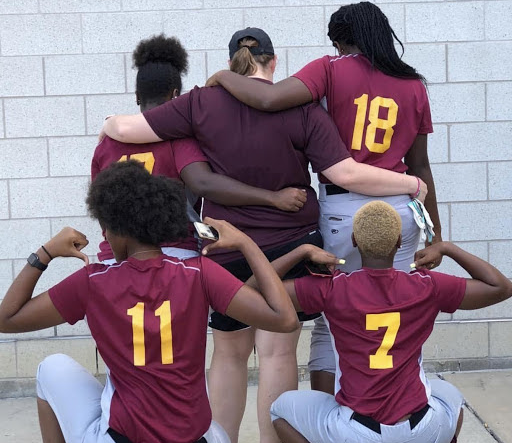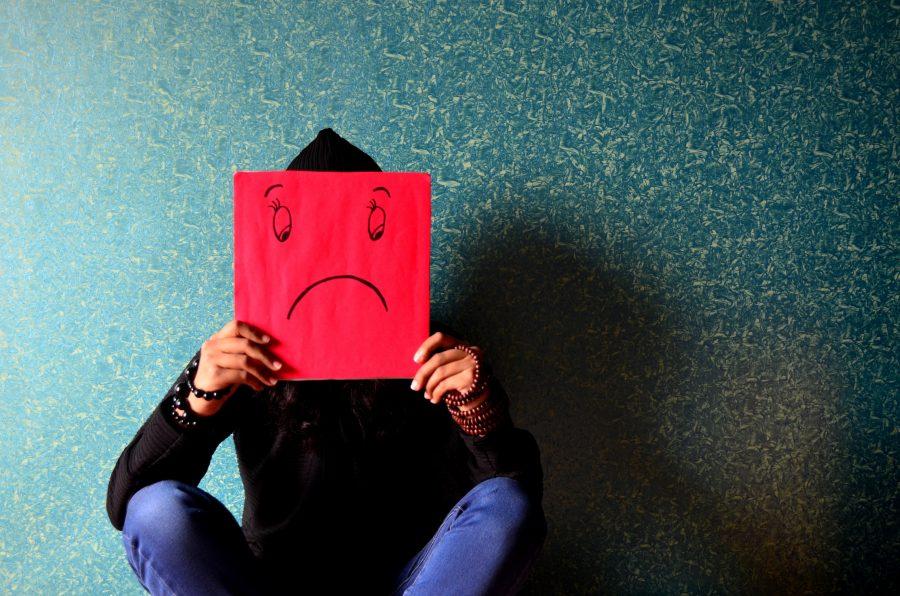By Sarah Battle
The rate of teen and adolescent suicides has “nearly tripled” since 1960 (Mental Health America). Suicide is the third leading cause of death for young people ages 15 to 24 (Center for Discovery). These are two very concerning facts about this new generation of teenagers in high school. Is it that this generation is “too sensitive?” Is it our fault? What caused all of this pain?

As I walk through the halls of Hazelwood East High School, nearly every day, I hear very concerning conversations among my peers. “I’m going to kill myself when I get home,” they say before bursting into a fit of laughter. I walk into my classes and see no change. I’ve even seen people show their self-harm scars as if it were nothing but a simple mole on their arm. Social media is no different, with jokes about depression and/or suicide everywhere.
Today’s teens are in a world of pain like no other. We are all stuck in what is called a “depressing environment” (a surrounding environment full of negativity, harmful behavior, etc). “Students usually interact with a depressing environment at home and then come to school and the teachers don’t necessarily help. The nagging and arguing only add on to what that student is already facing,” says Hazelwood East’s social worker, Angela Bryant. Teachers inadvertently “add fuel to the fire” with the ways they deal with and interact with the students in their classes.
Adults (in both the millennial generation and the baby boomer generation) have racked their brains to try to understand why and how this generation of teens too commonly deal with depression and depressive episodes. I (and many other of my peers) can give a simple answer (from Twitter user @Zyon2438): “We cannot afford the lives our parents lived, our planet is dying, the standard of leadership has really dropped, our society is morally decaying (…), we know it’s not getting better, and social media [are some reasons why we are so unhappy].”
To put it in more simple terms: we were born into a depressing environment. With talk all around us, constantly, of the impending doom of society and the world as a whole. Most teens my age have lost any and all appreciation for life because we were born into a mess. Life has become more of a curse than a gift and the promise of the “pursuit of happiness” is becoming more and more like an over-imaginative fantasy.
How do we come out of depression and/or a depressing environment? Angela Bryant says that “this is where positive self-talk comes into play.” It may not seem like much, but it can be a tremendous help. Easy things like talking positively to yourself in the mirror can really help with our outlook on the world around us. Mrs. Bryant also gave me a quote from a TED talk she watched on depression: “take it until you make it (because faking until you make it brings a false sense of security).”
We are the post-9/11 generation. When we see things like school shootings every week, police shootings every day, and families being torn apart every hour, it becomes overwhelming. We are not too soft or too sensitive, all we know and all we see is heartbreak and pain. We see it to the point where it becomes normal; an everyday occurrence. We were raised in sadness and fear by the society we were born into: a depressing environment. We know nothing else, which eventually leads to depression being something to laugh at and constant humorous discussions about dark topics like self-harm and suicide; to suicide jokes being our new knock, knock jokes. Unfortunately, it is up to us to get ourselves out of the depressing environments we were put into. It’s up to us to make our way back to Knock, Knock jokes.












